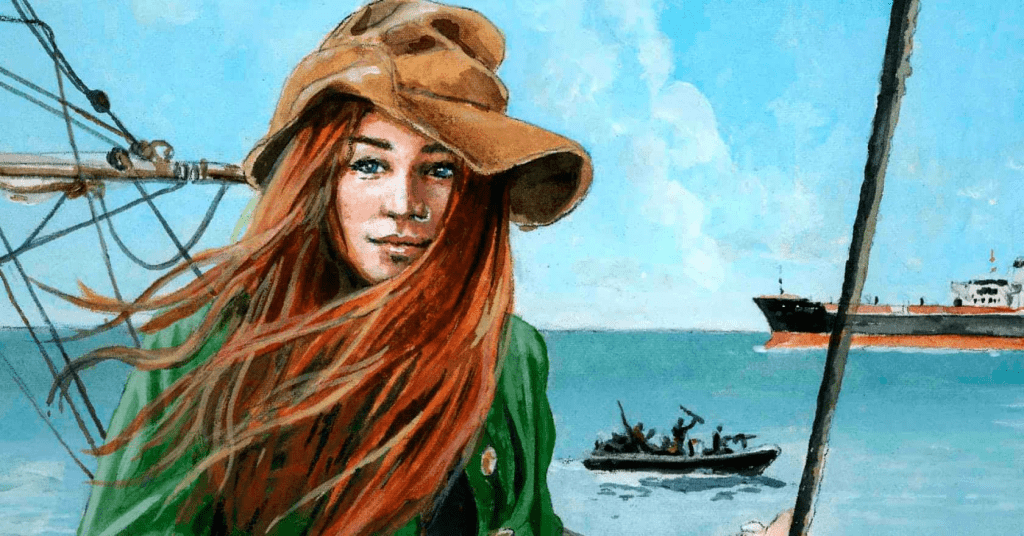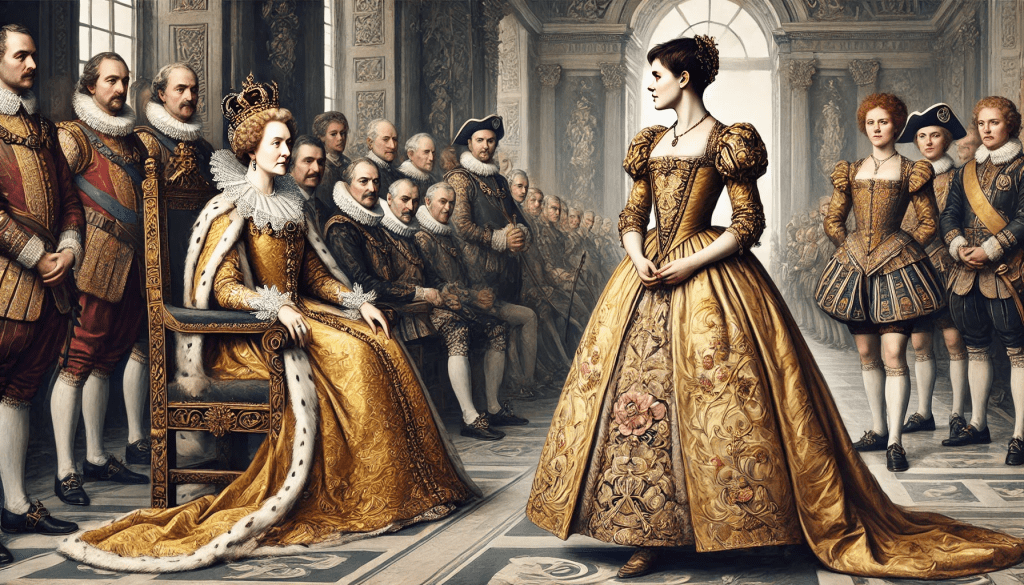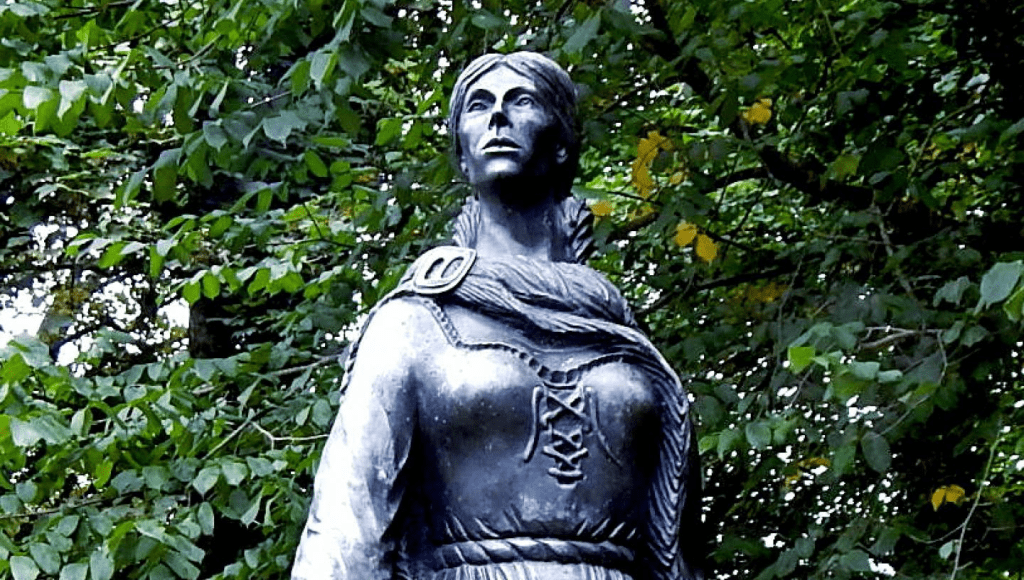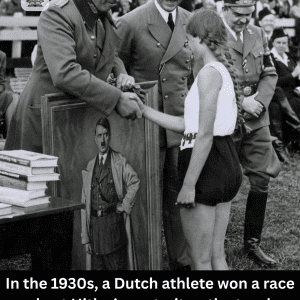When most people hear the term “Pirate Queen,” they picture a swashbuckling rebel of the high seas. But Grace O’Malley also known as Gráinne Mhaol was much more than that. She wasn’t just a feared seafarer; she was a diplomat, a warrior, and a mother who defied the might of the British crown during one of Ireland’s most turbulent centuries. Her bold leadership, fierce independence, and fearless defiance helped shape Ireland’s long and painful path toward sovereignty.

A Noble Beginning with a Rebel Spirit
Born around 1530 into the noble O’Malley clan in County Mayo, Grace was raised in a seafaring family that controlled much of Ireland’s western coast. From an early age, she was drawn to the ocean and often joined trading expeditions with her father. According to legend, when she asked to sail with him as a child, her parents refused, saying her long hair would get caught in the ropes. In response, Grace cut her hair short earning the nickname “Gráinne Mhaol,” or “Bald Grace.”
This early act of rebellion foreshadowed a life marked by defiance and determination.

Pirate, Leader, Protector
After marrying into another powerful Irish family and later returning to lead her own clan, Grace O’Malley commanded fleets of ships and fortified strongholds along the Atlantic. She conducted raids, imposed sea taxes, and built alliances sometimes through bloodshed, sometimes through diplomacy.
Video:
The Pirate Queen Who Ruled The Irish Sea? | Grace O’Malley | Gráinne Ní Mháille
Her leadership wasn’t just about piracy. She defended her people, negotiated peace between feuding clans, and filled the power vacuum left as traditional Gaelic lords struggled to resist increasing English dominance. Her fleet was vital in protecting Ireland’s west coast from both rival Irish factions and the expanding grip of English rule.
A Face-to-Face with Queen Elizabeth I
One of the most iconic moments in Grace’s life came in 1593 when she sailed to England to meet Queen Elizabeth I. Her sons had been captured, and her lands threatened. Most Irish chieftains would have bowed or begged. Grace did neither.
She met the queen not as a subject, but as a leader. Refusing to bow, as she did not recognize Elizabeth as the ruler of Ireland, Grace instead made her case plainly and powerfully. Incredibly, Elizabeth listened and even agreed to release Grace’s captured son and halt the threats to her territory.
Two powerful women from opposite worlds, finding a rare moment of mutual respect in an age ruled by men.

Legacy of a National Hero
Grace O’Malley’s story didn’t end with her death around 1603. While her rebellion didn’t spark immediate freedom, it ignited a sense of pride and resistance that would echo for centuries. She became a symbol of Irish resilience especially for women, whose stories were too often erased from the records of rebellion.
Video:
The Pirate Queen Grace O’Malley | Pirates: Behind the Legends | National Geographic UK
In modern Ireland, Grace O’Malley is more than a historical footnote she’s a folk hero. Her name graces statues, songs, schools, and even ships. And as Ireland’s long struggle for independence unfolded in the centuries after her death, her memory served as a reminder that defiance, when driven by justice and love for one’s people, can leave a mark far deeper than any sword.
Conclusion
Grace O’Malley wasn’t just a pirate. She was a queen in every sense of the word commanding respect, instilling fear, and protecting her homeland with relentless resolve. In a world dominated by crowns, swords, and patriarchal power, Grace carved her own throne from the wild Atlantic winds. Her story still inspires, reminding us that true leadership isn’t about titles it’s about courage, compassion, and the will to fight for those who cannot fight for themselves.



